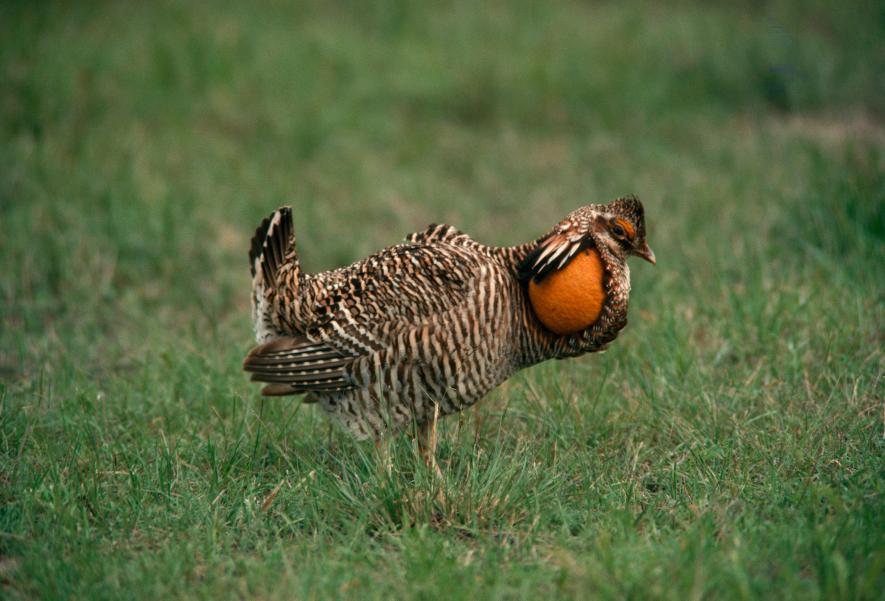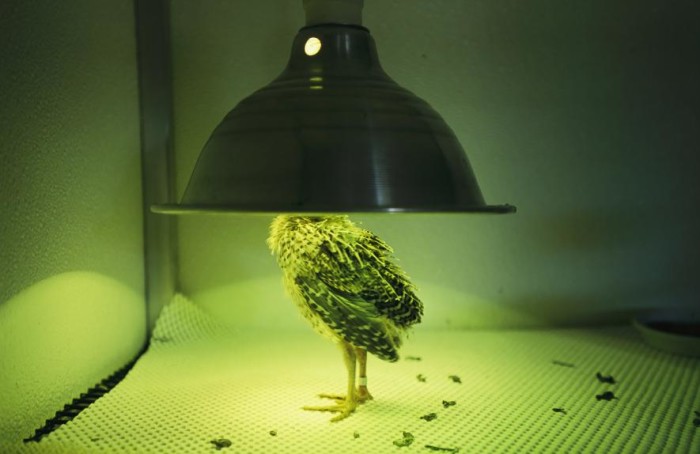
This Man Spent 30 Years Solving A Rare Bird’s Murder Mystery
for National GeographicTHE FIRST TIME Mike Morrow met the Attwater prairie chicken in the wild, it was the middle of the night. It was 1983 and he was a young graduate student at Texas A&M, helping another researcher. They arrived early, before sunup.
“You’re sitting there in the pitch black and then all of a sudden you start hearing these birds fly in,” says Morrow, now a longtime biologist for the U.S. Fish and Wildlife Service. “And then not too long after that, they start their vocalizations – their cackling, they’ll start booming. All of this is when you can’t even see them. Then, as the morning dawns and it starts to get light, you see all these antics on the booming ground in front of you.”
The booming ground is a small plot of prairie, maybe an acre, where male Attwaters once congregated to strut about, slap the ground with their feet and make low hoots – or booms – while the females looked on.
The Attwater is a drab, unremarkable bird for most of the year. But during breeding season, it undergoes a transformation, inflating its bright yellow pouch with each boom.
There in the pre-dawn hours, Morrow marveled at the haunting scene. But not long after his first encounter with Attwaters, their population mysteriously crashed to just a few dozen animals and they were rounded up to be bred in captivity, where they still live today. Morrow has spent the 30 years since living on a small refuge, trying to solve the mystery of the disappearing chickens. It’s a whodunit that he now says he’s solved.
(Photo by Joel Sartore and Bates Littlehales. For the full story, click here)
